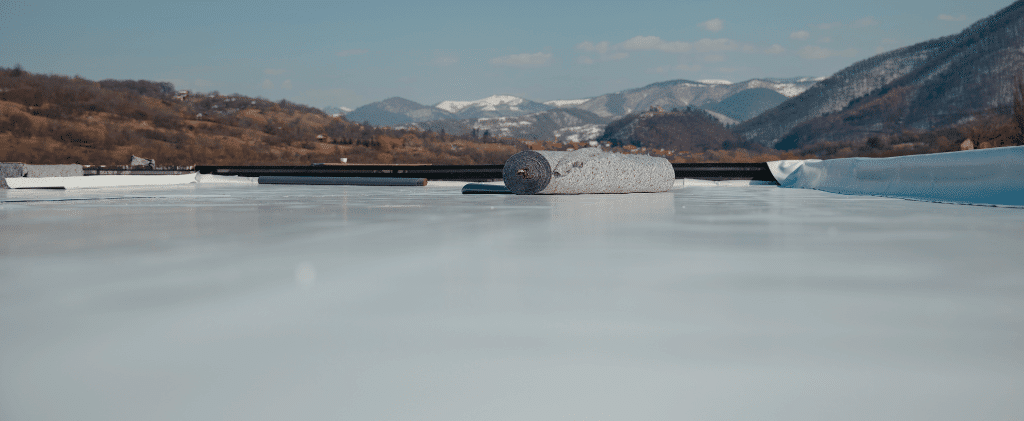Unraveling the Confusion Surrounding Membrane Roofing and Building Consents
If you have an old membrane deck, the constant worry about potential leaks and the impending cost of dealing with the council can be overwhelming. The big question is, do you really need a building consent for replacing a membrane roof in New Zealand? Let’s delve into this topic and find some answers.
In the realm of membrane roof and deck refurbishment, there’s often confusion about what requires council consent. Many believe the only option is a complete rebuild, but in reality, membrane replacements or overlays can be legally undertaken without replacing the existing substrate and supports. This not only saves costs but also ensures compliance for another 20+ years.
1: Understanding the Building Code and Membrane Work
Knowing the Building Code is crucial for determining whether a project needs consent. Key clauses like E2 (External Moisture), B1 (Structure), and B2 (Durability) outline the requirements for a roof’s performance, safety, and longevity. If your existing membrane roof has proven durability, shedding water and keeping the property safe for over 15 years, a comparable membrane replacement or overlay might not require a consent.
However, additional conditions may apply, such as invasive testing of the substrate. If uncertainty persists, seeking advice from a reputable membrane supply company or your local council is recommended.
Add Value Renovation’s Expertise in Membrane Refurbishment
Add Value Renovations specializes in membrane refurbishment, intimately understanding the Building Code. Our team can recommend robust, compliant membrane or warm roof replacement or overlay methodologies that stand the test of time.

2: Exemptions and Building Consent
In the second part of this series, we explored exemptions for building work that does not require a building consent. Exemption 1 specifically covers general repair, maintenance, and replacement, provided certain conditions are met. It’s essential to understand these conditions, as failure to comply could lead to fines or penalties.
Real-World Learnings and Pitfalls
A cautionary example illustrates the importance of not only relying on exemptions but ensuring that the work meets the performance requirements of the Building Code. A poorly executed roof replacement led to disciplinary action against the roofer, emphasizing the need for quality and compliance.

3: Updated Schedule 1 Guidance
The third and final part provides updated and detailed guidance on Schedule 1 exemptions, released following the 28 November 2013 Building Act amendment. Builders and home owners must stay informed about these exemptions, as non-compliance can result in significant fines.
Guidance for Uncertain Situations
If unsure about exemptions, seeking advice from professionals with building knowledge is crucial. This includes building consent authorities, registered architects, chartered professional engineers, building consultants, and licensed building practitioners. If exemptions 1 do not apply, it’s wise to engage with the council or apply for a building consent.
Building Work and Other Consents
The reminder here is that all building work, exempt or not, must comply with the Building Code and other relevant legislation. Checking local council rules and obtaining resource consents, if necessary, is imperative.

Secure Your Membrane Roof’s Future
If you’re contemplating a membrane roof replacement or overlay, it’s time to ensure you’re on the right side of the Building Code. Contact one of our renovation specialists at Add Value Renovations for a free consultation. Let’s secure the future of your roof together.
